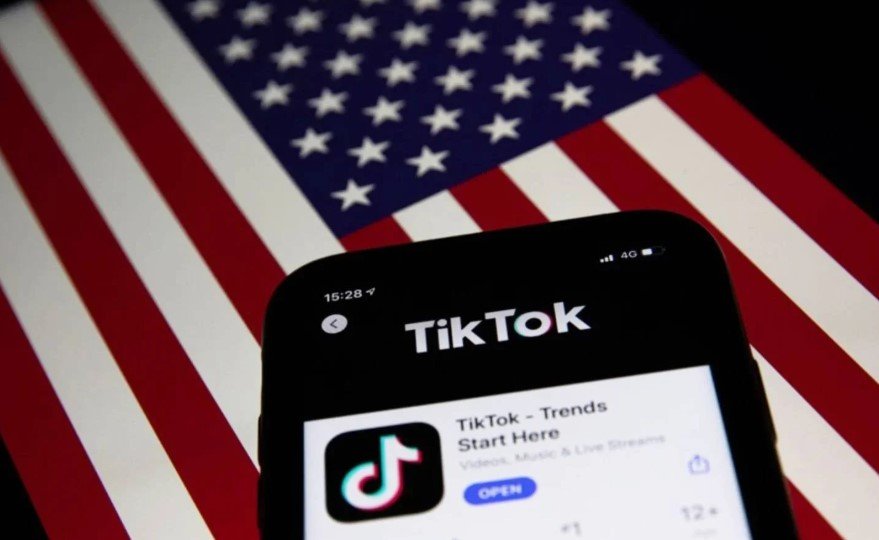In a remarkable turn of events, TikTok, once embroiled in controversy and facing the threat of a permanent ban in the United States, is now back in the good graces of President-elect Donald Trump. Just four years after initiating the platform’s troubles with an executive order, Trump has now positioned himself as the potential savior of the popular short-video app. How did things shift so dramatically?
The Rise and Fall of TikTok’s US Operations
In 2020, TikTok was thrust into the US political spotlight when President Trump issued an executive order aimed at banning the app, citing national security concerns. The rationale behind the move? TikTok’s parent company, ByteDance, is based in China, and there were fears about the potential for user data to be accessed by the Chinese government. Trump’s move was part of a broader strategy to counter what he perceived as China’s growing influence in the US, particularly in the tech sector.
Fast forward to January 2025, and Trump is once again making headlines, but this time, it’s for a different reason. Hours before his inauguration, he made an unexpected announcement: he would issue a new executive order that would give ByteDance more time to find an approved buyer for its US operations, effectively postponing the permanent ban. This decision is a stark reversal from his stance in 2020.

The Timing of the Decision
Trump’s announcement came just hours before his inauguration as President-elect. The timing was significant, as it came after a brief window when TikTok was temporarily inaccessible to millions of American users. On January 19, 2025, TikTok found itself once again removed from app stores after the deadline for ByteDance to sell its American operations passed. The legal backdrop to this situation is a federal law passed in 2024, which required ByteDance to divest its US assets by a specified deadline. The law had broad bipartisan support, with the intention of addressing national security concerns related to the app’s Chinese origins.
Yet, as Trump prepares to take office once more, the winds have shifted. “Frankly, we have no choice. We have to save it,” Trump said during a rally on Sunday, shortly before his inauguration. TikTok, in a statement released to its users, echoed this sentiment, claiming, “As a result of President Trump’s efforts, TikTok is back in the US.”
The Legal and Political Battle Over TikTok
This abrupt turnaround in policy is part of a broader legal and political battle over TikTok’s place in the US. The conflict began in 2020 with Trump’s executive order, which imposed sweeping sanctions on the app, and since then, the situation has only become more complex.
The legal battle saw a major development on January 19, 2025, when the US Supreme Court upheld the law that requires ByteDance to sell its US operations. ByteDance had filed a lawsuit, arguing that the law infringed upon its First Amendment rights, but the Supreme Court ruled in favor of the legislation. Despite the legal victory, the situation remains fluid, as Trump’s new executive order gives ByteDance more time to find a solution before any permanent action is taken.
The future of TikTok in the US now hinges on whether ByteDance can successfully navigate the complex web of legal and regulatory hurdles in order to continue operating in the country. While some see Trump’s decision as a pragmatic move, others are questioning whether it’s too little, too late.
The Reversal and Its Implications
For TikTok, the decision to reverse course and allow the app to continue operating in the US is a significant development. It’s not just a win for ByteDance; it’s a win for millions of American TikTok users, content creators, and influencers who have built entire careers on the platform. For many of them, the fear of a permanent ban was a constant concern, and Trump’s move is being hailed as a lifeline.
But what does this mean for the broader political landscape? Trump’s decision to backtrack on his 2020 executive order raises important questions about the future of US-China relations, tech regulation, and the role of government in determining which platforms are allowed to operate within the country. The new executive order could set a precedent for how the US handles foreign-owned tech companies moving forward.
In the short term, TikTok’s return to US app stores is a major victory, but it’s clear that the platform’s future in the US remains uncertain. As the legal battles continue, it will be interesting to see how both the US government and TikTok navigate the complex intersection of national security concerns, free speech, and economic interests.
